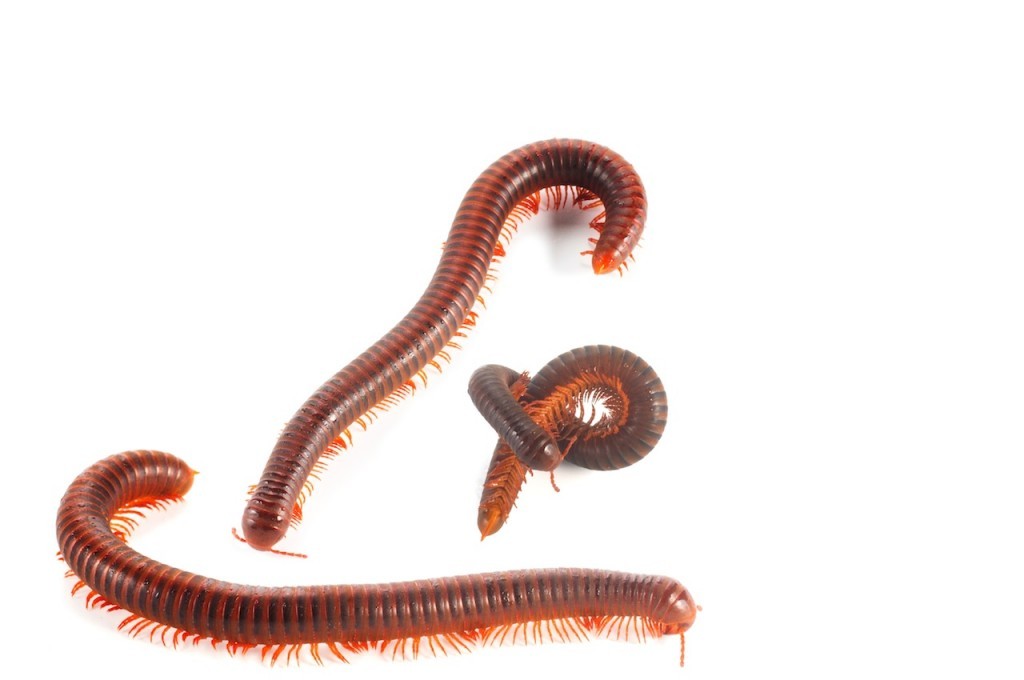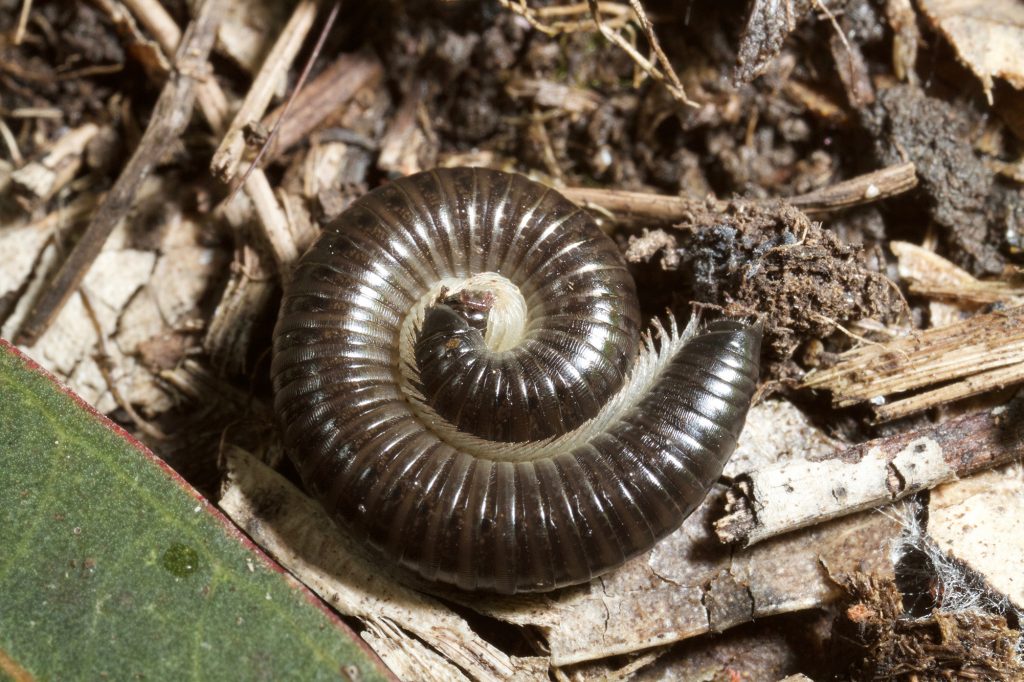Table Of Content

Move anything that is inviting to millipedes far away from the house, or let it dry out and you should see fewer and fewer of them inside your house. They can’t close these holes, so moisture is constantly leaving their bodies. If you are getting invaded by these many-legged creatures, you might need to move or dry out these areas.
Centipede Animal Facts - AZ Animals
Centipede Animal Facts.
Posted: Wed, 08 Feb 2023 08:00:00 GMT [source]
Spider Species That Can Jump (and How to Get Rid of Them)
Salt is able to draw out moisture and has a drying effect on its surroundings, which is not a good fate for a millipede. This is true for salts of all kinds, including table, sea, and rock salt. Unlike lethal methods of millipede removal, such as neem oil or diatomaceous earth, salt can sometimes keep millipedes away without killing or harming them. Some gardeners prefer to use diatomaceous earth as a natural insecticide instead of — or in conjunction with — neem oil.
House centipedes aren't the pests some think - Seacoastonline.com
House centipedes aren't the pests some think.
Posted: Thu, 17 Sep 2009 07:00:00 GMT [source]
What Are Millipedes?

And if your place is accessible nearby, they’ll take refuge in your home and become indoor house millipedes. • Seal and caulk cracks and other openings in your foundation wall, and apply door sweeps to exterior doors. • Millipedes are usually 1 to 2 inches long with worm-like bodies that are divided into many segments, each containing two pairs of legs. If you have a reaction after touching a millipede, wash your skin with soap and warm water. You can also use an over-the-counter corticosteroid cream to treat rashes.
Centipedes are nature’s exterminator.
Inspect your home for broken or damaged seals, particularly around windows and doors, for potential millipede entry places. Even if millipedes have already infested your home, it’s vital to seal the room after treatment to avoid re-infestation or the introduction of more. They enjoy humid hiding places with plant material and leaf litter.
Places You Never Knew Pests Were Hiding
If the moisture is due to too much mulch, remove some of it; if it’s caused by a leaky pipe or a damaged gutter, fix that situation. They need moisture to survive, so once you remove that, it’s game over. They rarely damage gardens significantly, and they don’t bite or sting. However, some species can release hydrogen cyanide when disturbed, which causes chemical burns to human skin.
Millipedes are common occasional pests that sometimes invade buildings particularly when the weather turns hot and dry. While millipedes sometimes enter in large numbers, they do not bite, sting, or transmit diseases, nor do they infest food, clothing or dry, structurally sound wood. The most common species that invades buildings is the" garden millipede," which is brownish-black in color and about one inch long (Figure 1). Although millipedes are often called "thousandleggers," they actually have far fewer legs, but each body segment has two pairs of very short legs. When disturbed, millipedes often curl up into a "C" shape and remain motionless. They crawl slowly and protect themselves by secreting cyanide-like compound that has an unpleasant odor.
Millipede Prevention
They do not instantly change direction when light is suddenly shone at them, but will retreat to a darker hiding spot. Its body is yellowish-grey and has three dark dorsal stripes running down its length; the legs also have dark stripes. Coleoptrata has developed automimicry in that its tail-like hind legs present the appearance of antennae.
#4. Use An Insecticide
Millipedes pass the winter primarily as adults and lay their eggs in moist organic material in the spring. They usually go unnoticed because they live in these relatively hidden habitats. Millipedes are scavengers, feeding primarily on decomposing vegetation, but occasionally they will damage soft-stemmed plants in gardens. Major nuisance problems usually occur when the conditions become too hot and dry and the millipedes move in search of moisture.
What attracts millipedes to your house?
Millipedes have little effect on healthy plants, eating decaying debris or dead plants like fallen leaves or other yard waste. Millipedes eat young seedlings, posing a concern if they enter greenhouses. Millipedes have a segmented body with a recurrent pattern, have a lot of legs, and get quite long. Millipedes come in various colors and sizes, ranging from 1″ to 14″ in length.
These pests just want to be more comfortable inside your house when the outdoors becomes too dry and hot. Diatomaceous earth is a jack-of-all-trades for pests, and it works just as effectively to get rid of millipedes from your home. If outdoor infestations are severe, you can apply a band of pesticide around the foundation to discourage these bugs from seeking entry into your home. A granular form of lambda-cyhalothrin or permethrin works well for this. They range in size from less than an inch to more than 5 inches.

In most cases, this centipede has a red or orange head with lighter brown and orange body segments, often resembling a tiger stripe. However, in Southern California, these centipedes are often a variety that is entirely light blue in color with darker indigo stripes and turquoise legs. Centipedes are not actually classified as insects, though seeing one scurry across your floor or bathtub may have you disagreeing. These multi-legged creatures are actually predatory arthropods belonging to the class Chilopoda of the subphylum Myriapoda. While their name means 100 legs, this is often misleading, with most species having anywhere from under 30 to hundreds of legs. Centipedes are insectivores, meaning they hunt and eat other bugs.
You can set them along the walls where you see millipedes, or lay them out across a doorway to prevent them from getting in. They are a pesticide-free way to help control bugs and other pests. Millipedes don’t do damage to your house, aside from creating piles of dried husks if a lot get inside. You can rid yourself of them by vacuuming them up, using glue traps, filling in entry points, deterring with essential oils, drying out the space, and different levels of cleaning. All you have to do is figure out where they’re living, and dry it up.
It can also be toxic to small animals if ingested in sufficient quantities. Millipedes are found in every corner of the United States, hiding under rotting vegetation or near rotting logs. They’re important decomposers that need moisture and decomposing plant matter to thrive, so are often noticed in gardens or under old mulch in the landscape. There may be some visual overlap between millipedes and centipedes, but the most telling characteristic is the number of “pedes” on each animal. Millipedes have two to four legs per segment, where centipedes have just one pair of legs per segment. In addition, millipedes often roll up into a coil when disturbed, where centipedes do not.

No comments:
Post a Comment